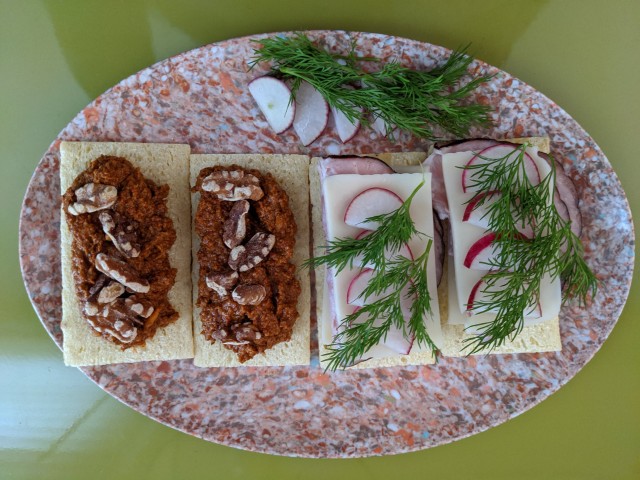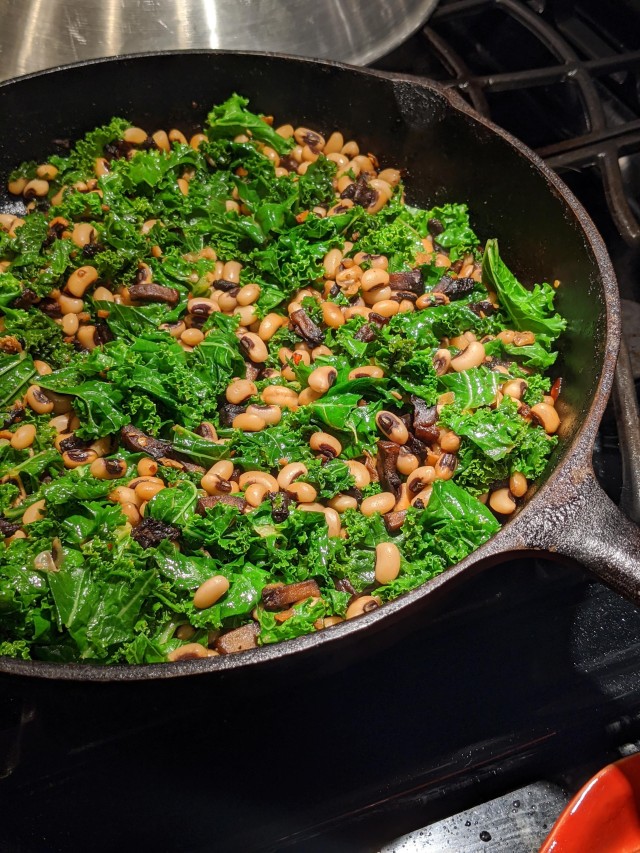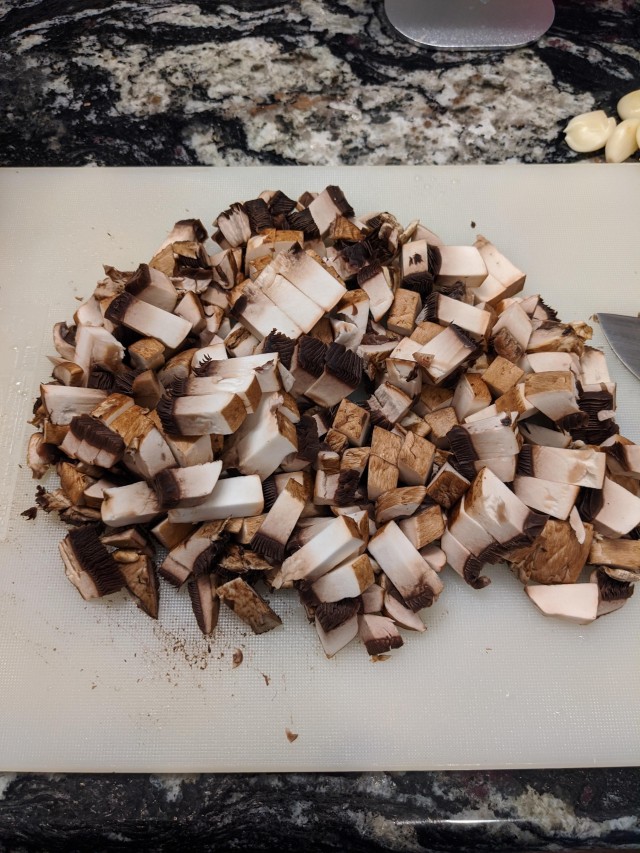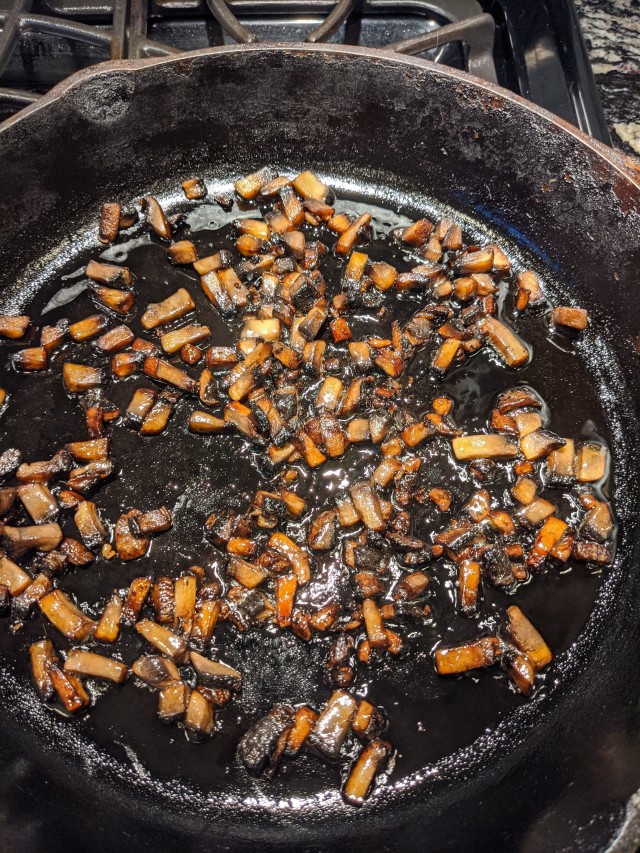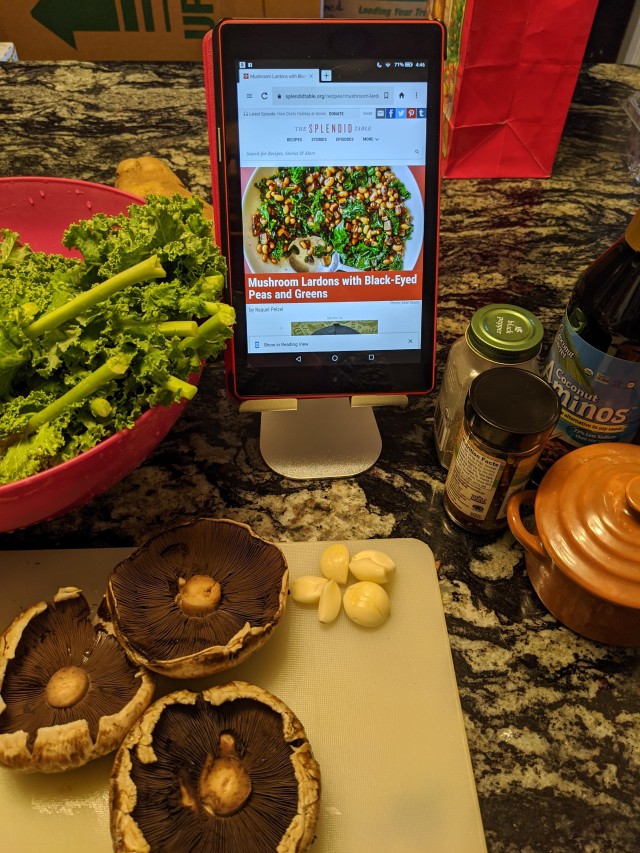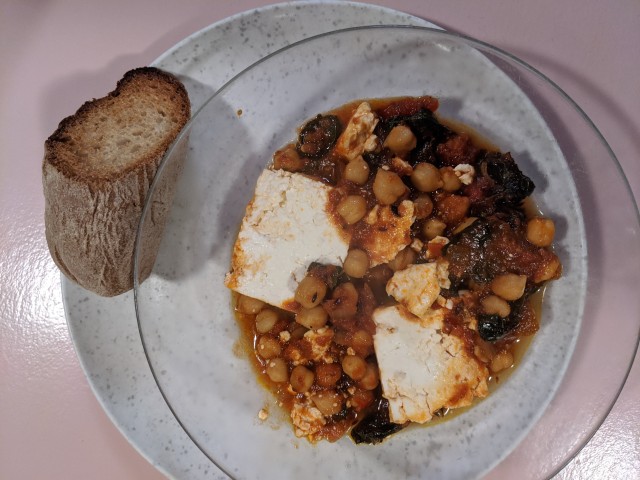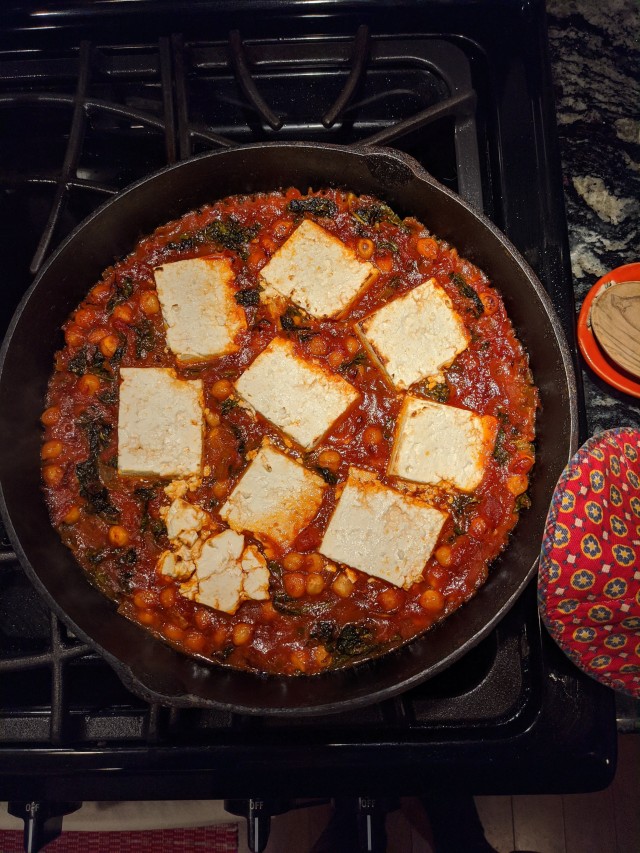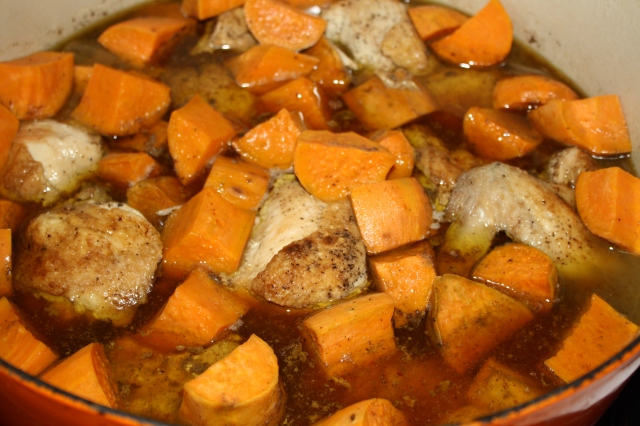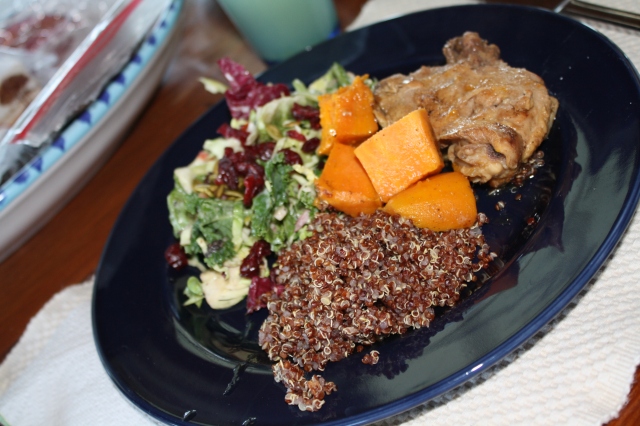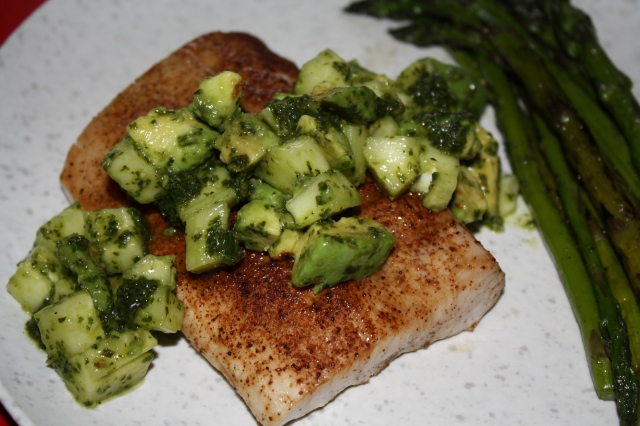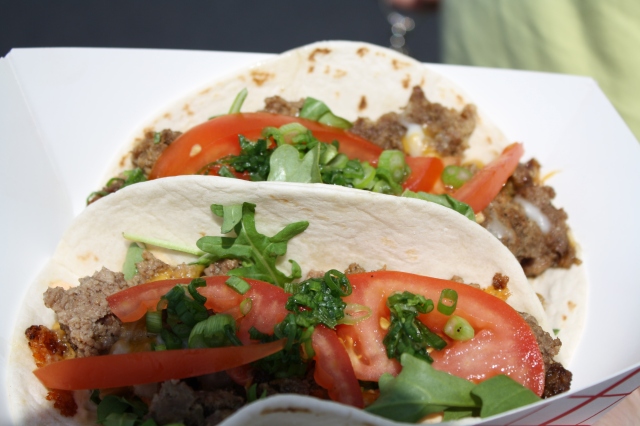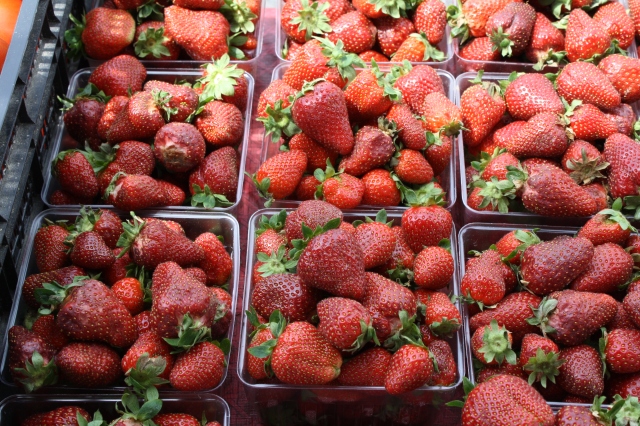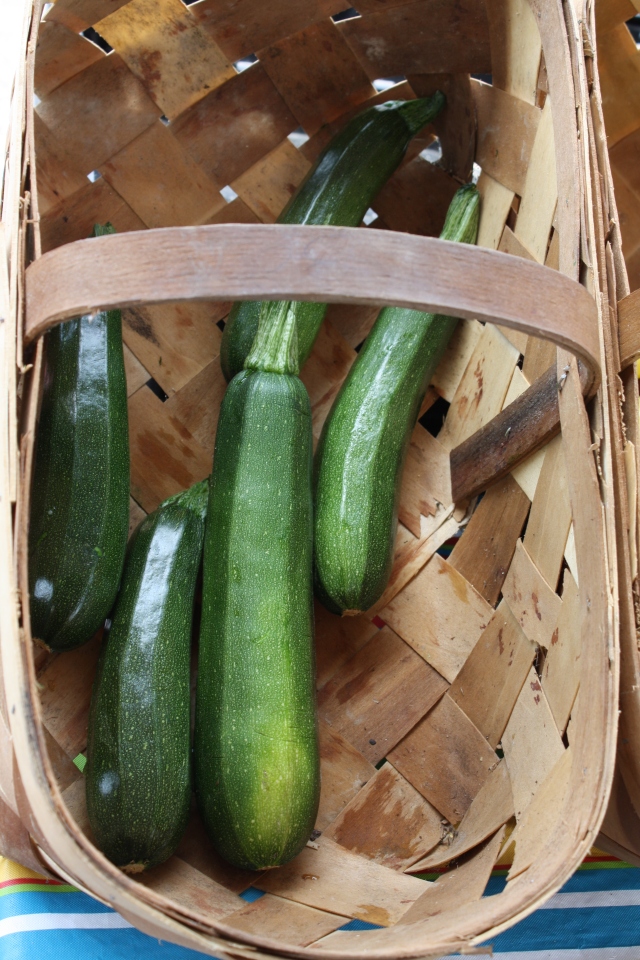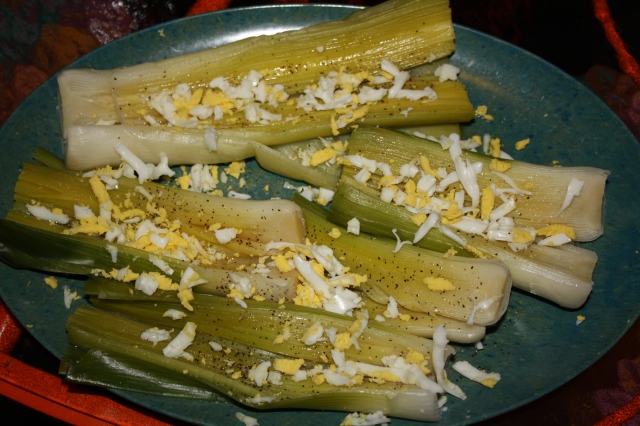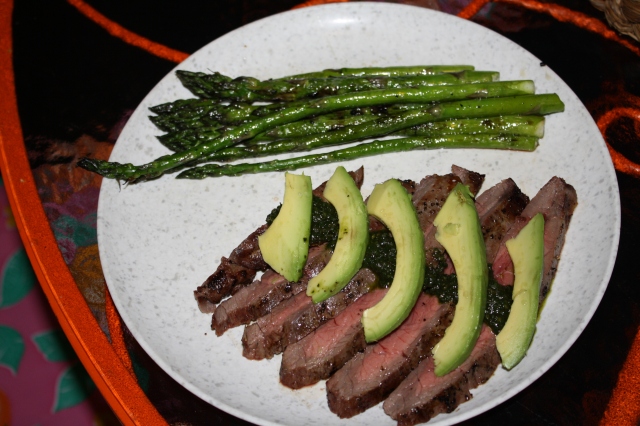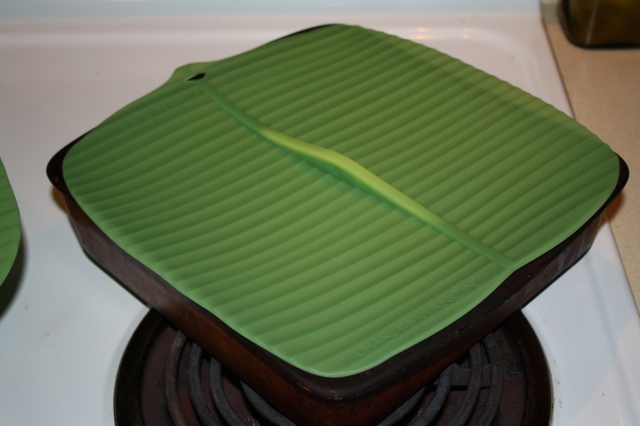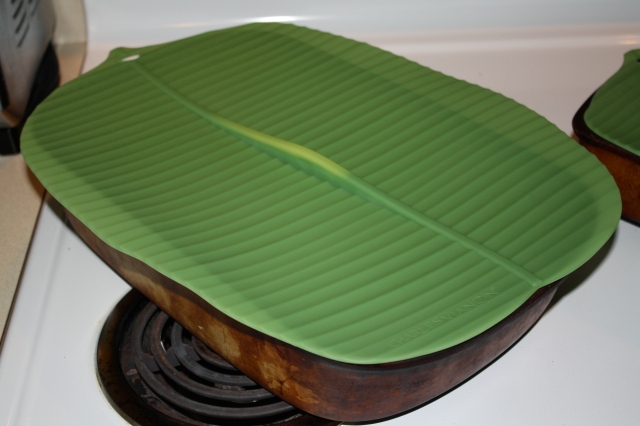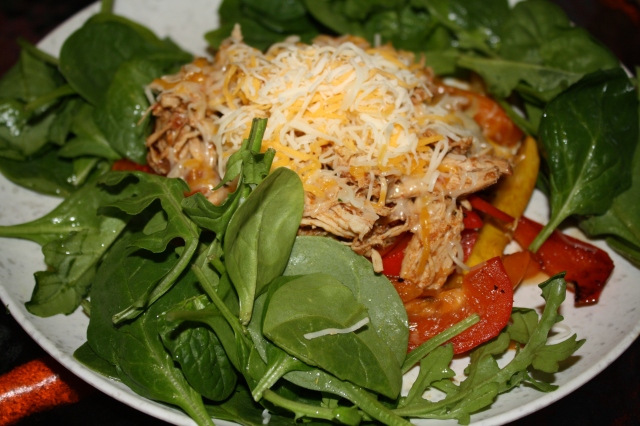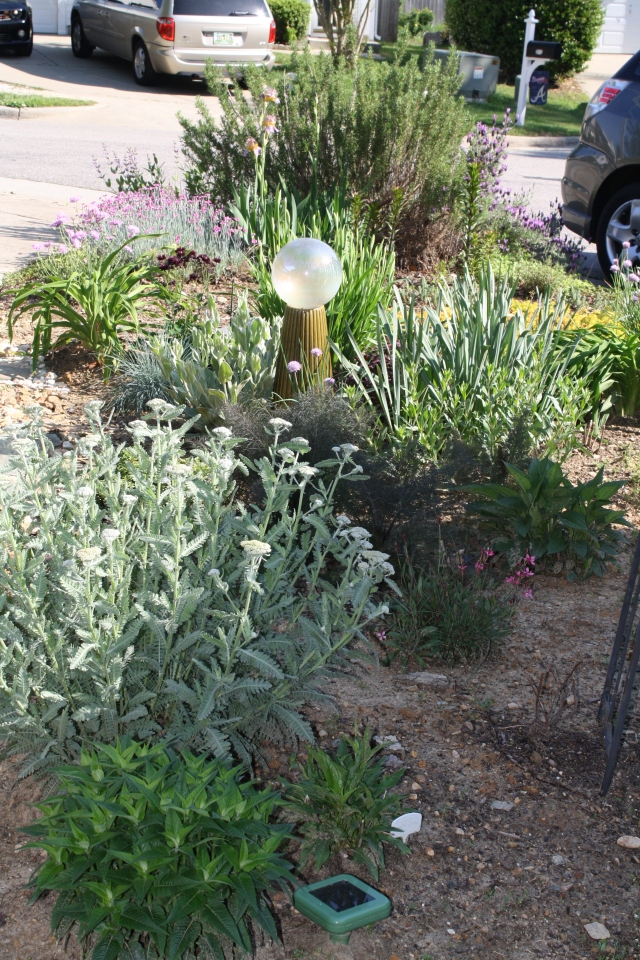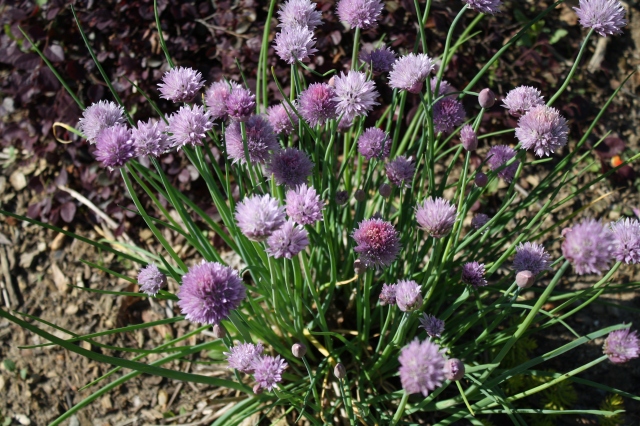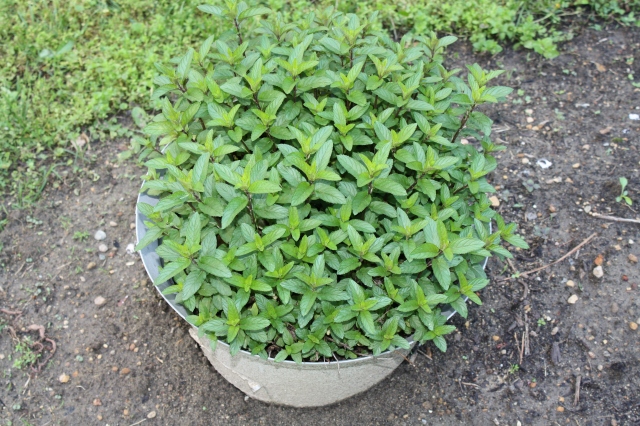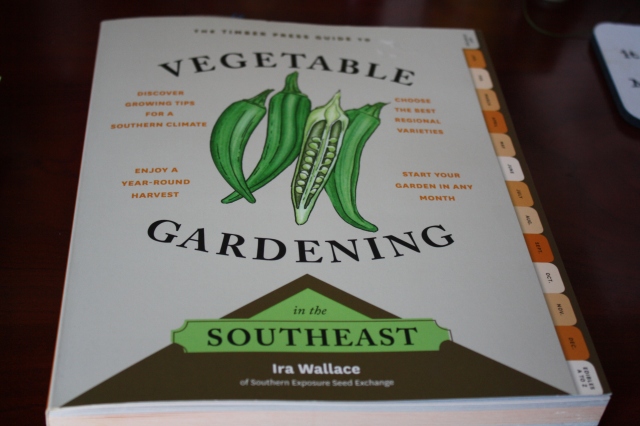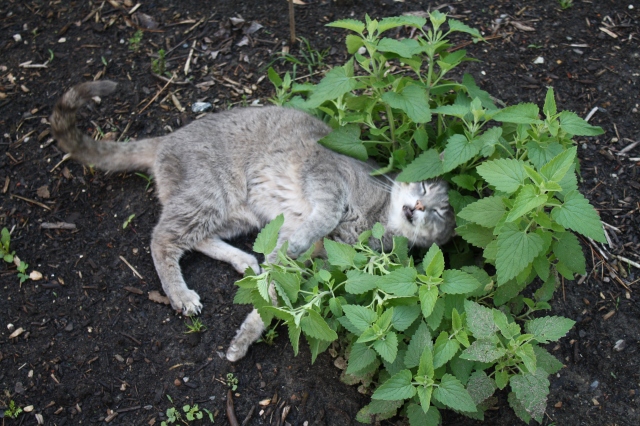Those of you who know me in real life are somewhat used to my bizzare posts that crop up on social media in the month of August when participating in the week long Greatest International Scavenger Hunt (the world has ever seen). GISH is a fun and maddening event intended to spark creativity, good deeds, and push back against the idea of being “normal” in all its forms. This weekend some of us participated in an at home quarantine mini version of GISH that took place over 24 hours. The funds from entries are going to Random Acts for programs that feed children during thse difficult times, as well as some yet to be named charities suggested by participants.

I usually gravitate toward the craft items, anything with food, and the online advocacy projects. Here is my Noonday Snail made with toilet paper rolls.
One of the surprisingly challenging items this year was to reach out to random people who use the GISH app (there is a worldwide map) to ask how people are doing and for a recipe for their favorite quarantine comfort foods. As with some items every year, what seems like a simple request (tooth survey, fellow Gishers, amirite?): message people, have nice chats and get recipes turned into a last minute mad dash to use social media to connect when messaging mountains of folks via the app proved futile (though lovely experience in checking in and wishing people well). I pulled together the 5 recipes from five people and five lands, with a breathless minute to spare using about a dozen different technologies to make it happen. [Oooh let’s count: Gish app, Facebook Groups, Messenger, email, Dropbox, Word, computer, phone, cutting and pasting across all those tech, printer, scanner, convert to jpeg, aaaaaaand post to Gish website.]
So here are the five Gishers who helped me out and their comfort foods, followed by an updated shorter version of my chicken soup to feed body and soul.
“Kinderkartoffeln” – by Linachen from Germany
Kid potatoes, recipe by my mother, who usually isn’t a particular great cook, this was and still is one of my favourite meals and always gives me a sense of home and happiness.
You need:
Potatoes
Cheese ((any cheese over 45% fat works, vegan cheese works, raclette cheese or gouda works best)
Butter (or butter sub)
and a pan with a lid *
Optional: mayo, remoulade sauce, or curd cheese for serving.
Boil potatoes (no peeling needed unless you really don’t like the skin). Cut potatoes into halves on the long side. Cut cheese slices to roughly cover the flat surface of each potato half (double layer if you feel like it). Heat butter (or vegan alternative) in pan. Place potatoes with flat side down first in pan, fry till crispy and slightly browned. Lower heat a bit, cover potatoes with cheese and put lid on pan. Wait for cheese to start melting, take pan off heat once the cheese starts running down the potatoes.
Eat with mayonnaise, remoulade or curd cheese.
Egg Curry – from Bangladesh by Susan Ackles
A dozen hard boiled eggs
1 cup oil
1 yellow onion
1/2 teaspoon cumin
1/3 teaspoon turmeric
A dash of red pepper
Salt to taste
First hard book eggs and peel and keep them cool. Then in a saucepan heat up oil, put in julienne sliced onion , caramelize them. Then add the spices. Stir and add the hard boiled eggs. Add 1/2 cup water. Cover and simmer for 7 minutes and voila.
Raspberry Crumble – From Minnie6661 aka Marie Kim P. in Quebec, Canada
Crust:
1 cup (250 ml) unbleached all-purpose flour
1/2 teaspoon (2.5 ml) baking powder
1 pinch salt, 1/3 cup (75 ml) cold unsalted butter, cut into cubes,
3 tablespoons (45 ml) ice water.
Raspberry Filling:
1/2 cup (125 ml) sugar
1 tablespoon (15 ml) cornstarch
2 3/4 cups (680 ml) frozen raspberries (300 g).
Crumble:
3/4 cup (180 ml) quick-cooking rolled oats
1/4 cup (60 ml) unbleached all-purpose flour
1/4 cup (60 ml) sugar
1/4 cup (60 ml) unsalted butter, melted
Crust: With the rack in the lowest position, preheat the oven to 200 °C (400 °F). In a food processor, combine the flour, baking powder, and salt. Add the butter and pulse a few seconds at a time until it is the size of peas. Add the water and pulse again until the dough just begins to form. Remove the dough from the food processor and form into a disc with your hands. On a floured work surface, roll out the dough and line a 23-cm (9-inch) in diameter and 2.5-cm (1-inch) deep tart pan with a removable bottom. Refrigerate for 30 minutes.
Raspberry Filling: In a bowl, combine the sugar and cornstarch. Add the raspberries and toss to coat. Spoon into the crust. Set aside.
Crumble: In a bowl, combine the dry ingredients. Add the butter and stir until the dry ingredients are moistened and just stick together when pressed between your fingers. Sprinkle over the raspberry filling.
Bake for about 35 minutes or until the crumble is golden brown and filling begins to bubble. Let cool on a wire rack.
Rhubarb Whip – from Finarda in Scotland
1lb rhubarb
4oz sugar
6oz can Evaporated Milk (chilled)
1/4 pint water
1 packet raspberry jelly*
Grated chocolate (for decoration)
Cut rhubarb into 1″ lengths. Place in pan with water and sugar. Cook over low heat until soft.
Add jelly to rhubarb in pan and stir until jelly dissolves. Set aside to cool.
Whip evaporated milk until double its quantity. Fold into almost set rhubarb mixture. Leave to Set.
Decorate with grated chocolate.
*For those outside the UK, this is a packet similar to US jello with flavoring and gelatine, though there are versions made with other thickeners.
Vegan burger with salad and Hummus is JayBirdJosh14 in Belgium’s favorite quarantine comfort food.
Prepare your favorite vegan burger (recipe or frozen), put on bread/bun or in pita, add condiments, top with some hummus (homemade or bought) and serve with a salad (or top with salad ingredients).
Easy Hummus
Can of chickpeas, or about 1.5 cups cooked chickpeas
1/3 or so (up to 1.2 cup) cup of tahini
1/2 cloves of garlic (more or less to your taste)
a lemon
2T olive oil
1/4 cup (or possibly a bit more) water
Add all the ingredients to a food processor or blender. Blend until smooth, adding more water if needed to get right consistency. Taste and adjust ingredients to your liking. [There are tons of recipes and hummus is definitely something you should adjust to suit your own tastes and how its going to be used.]
Jen’s Paleo and Gluten Free Hearty Chicken Soup
1 whole roasting chicken, 2.5 pounds or so
Chicken stock: enough to cover chicken in pot, 3-4 quarts plus water if needed. [Recipe follows if you want to make your own. Start 1-2 days ahead for this.]
½ onion, chopped or 1 leek, tough leaves and tops removed, then sliced finely and washed a second time to remove any remaining grit
5 oz mushrooms, sliced and/or chopped depending on size preference
4 stalks of celery, about 1-1.5 cups chopped
1 small/ ½ large diakon radish, cut in quarters length-wise, then chopped, about 1.5 cups.*
*[No diakon? A mild turnip, carrot, peeled potato or other root veggie will work.]
2 garlic cloves, peeled and cut in half, NOT chopped
1 bay leaf
Salt and pepper
A little olive oil or butter, 1T to sauté the veggies
Additional water if needed
Place the chicken in a soup pot large enough to fit the chicken covered with stock. Pour in your stock, add enough additional water to cover the chicken, then toss in the bay leaf along with some salt. Slowly simmer the chicken until tender and can easily be pulled off the bone – but not until it has lost all its flavor and turns to mush. Time this takes will depend on the size of your chicken, but start checking it after 50 minutes, in ten-minute increments.
Pull out the entire chicken and cool until they can be handled. While this is cooling, re-strain your stock. [Yes, this is labor intensive. You could have just cooked some chicken and put it in your already cooked stock, but I’m telling you it won’t taste as good.]
Sauté your onions/leeks, mushrooms and celery in a tablespoon of olive oil or butter in a sauté pan (or the bottom of the empty stock pot if you have not poured the stock back in). Cook until wilted, but not browned, then add to the stock. Add the chopped daikon/root vegetables and garlic halves. Put soup on a low simmer. Pick all the meat off the chicken bones and discard the skin and bones. Tear or chop the larger pieces or meat so they are more bite sized, but still chunky.
At this point you can determine how stew or soup-like your chicken soup will be. I like a ratio of about 1/2 – 2/3 chicken and veggies to stock. This is quite a bit more hearty than your average soup, so you may choose to set aside some of the chicken meat to use in another dish. Check the soup for saltiness, add salt as needed. Add pepper to taste. Check the doneness of the veggies – they should be tender, but still hold their shape. Add the chicken meat at the end. Serve.
Make your own chicken stock:
Every good soup starts with a homemade stock. Mine tends to evolve in the freezer over time: I collect up onion peelings and trimmings, carrot peelings, ends and tops of celery, and parsley stems in a freezer bag. In another bag I collect up all the unneeded chicken parts: necks, backs, wing tips, carcasses left from roasts. If your butcher/store has chicken feet, these are a great addition as they will add a lot of collagen that gives body to the stock. When I have about a bag of each, I get out the big slow cooker, (Or use a big stock pot) dump in all the veggies and chicken parts, add a couple of garlic cloves and a few black peppercorns and then cover the parts with water – about 3 quarts or more. [To be on the safe side, thaw raw chicken parts in the fridge for 24-48 hours before making the stock.] Don’t simply add more water to make more stock – it just dilutes the flavor. Ideally you are aiming for a stockpot full of parts and scraps, covered with enough water so that it circulates around the flavorings and bones. Let the stock simmer for 8 hours on low. Strain off all the vegetables, bones, any remaining meat bits, etc. and discard them.
If you want a clear stock, you can strain the remaining liquid through cheesecloth or a coffee filter draped in a strainer. Another option is to cool the stock overnight in the fridge: the stock should have turned mostly gelatinous when cold. The fat can be taken off the top and most of the particulate will have settled to the bottom where it can be ignored/discarded. You will end up with anywhere from 3-4.5 quarts of stock, depending on the starting amounts of chicken and veggies.

